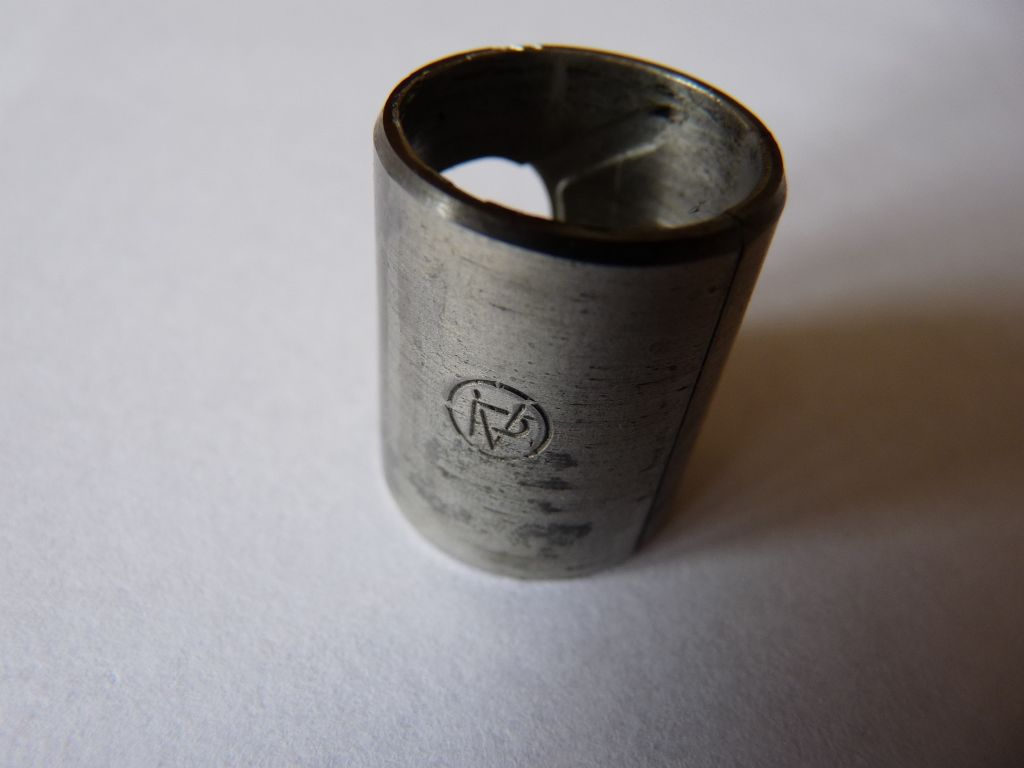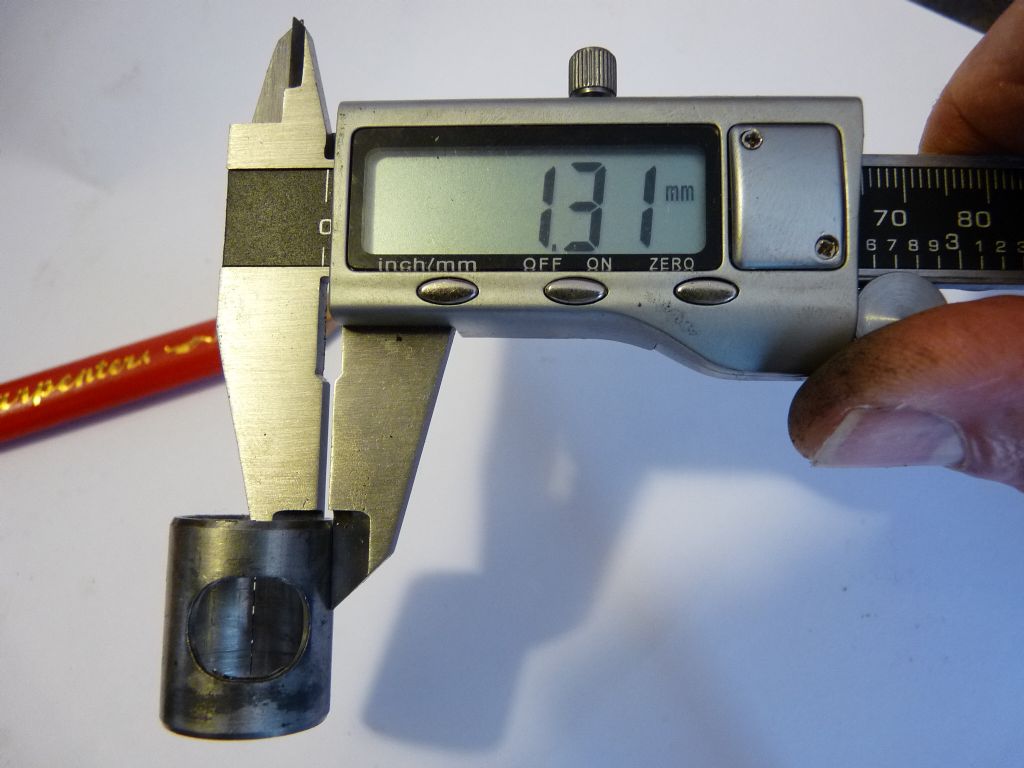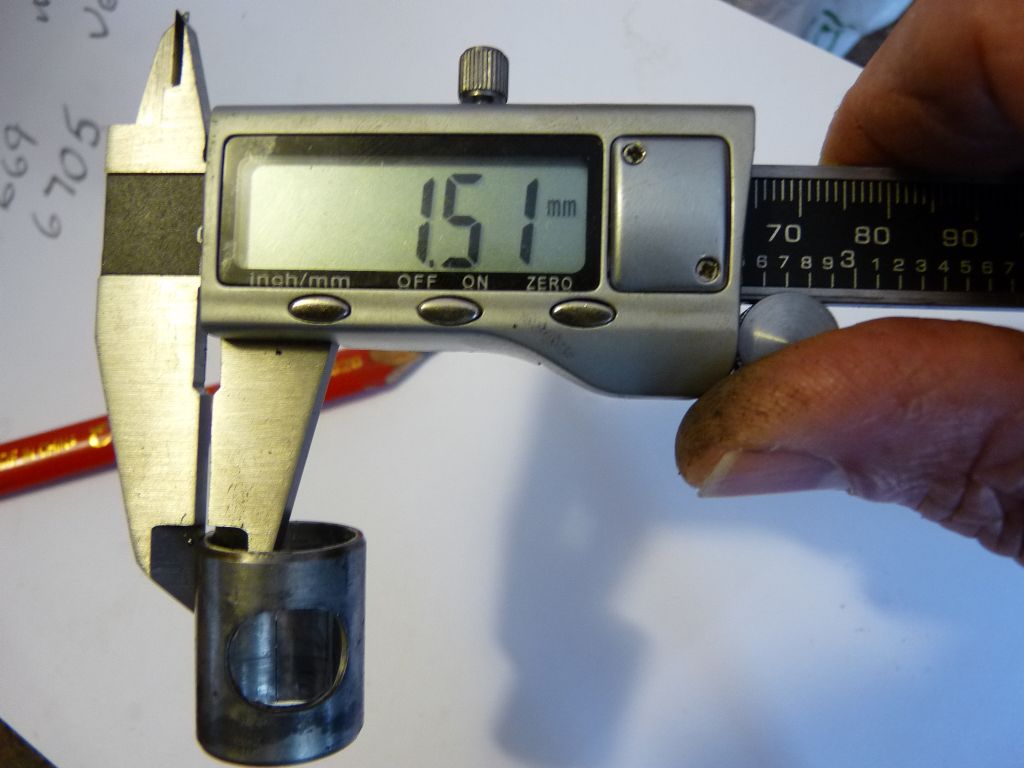Crompton Parkinson 1/2 – 3/4 motor bearings
Crompton Parkinson 1/2 – 3/4 motor bearings
- This topic has 19 replies, 10 voices, and was last updated 6 September 2014 at 11:56 by
CotswoldsPhil.
Viewing 20 posts - 1 through 20 (of 20 total)
Viewing 20 posts - 1 through 20 (of 20 total)
- Please log in to reply to this topic. Registering is free and easy using the links on the menu at the top of this page.
Latest Replies
Viewing 25 topics - 1 through 25 (of 25 total)
-
- Topic
- Voices
- Last Post
Viewing 25 topics - 1 through 25 (of 25 total)








